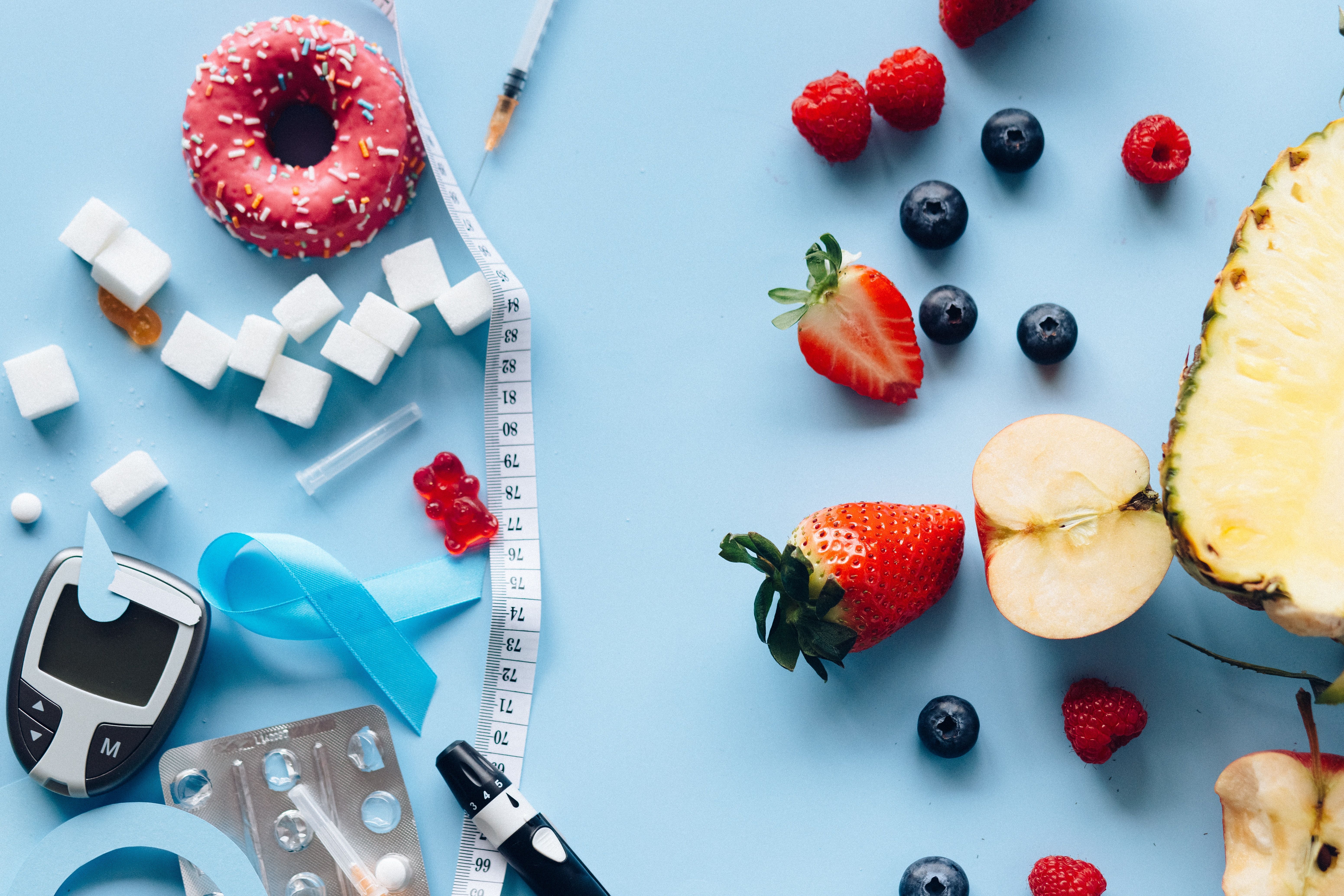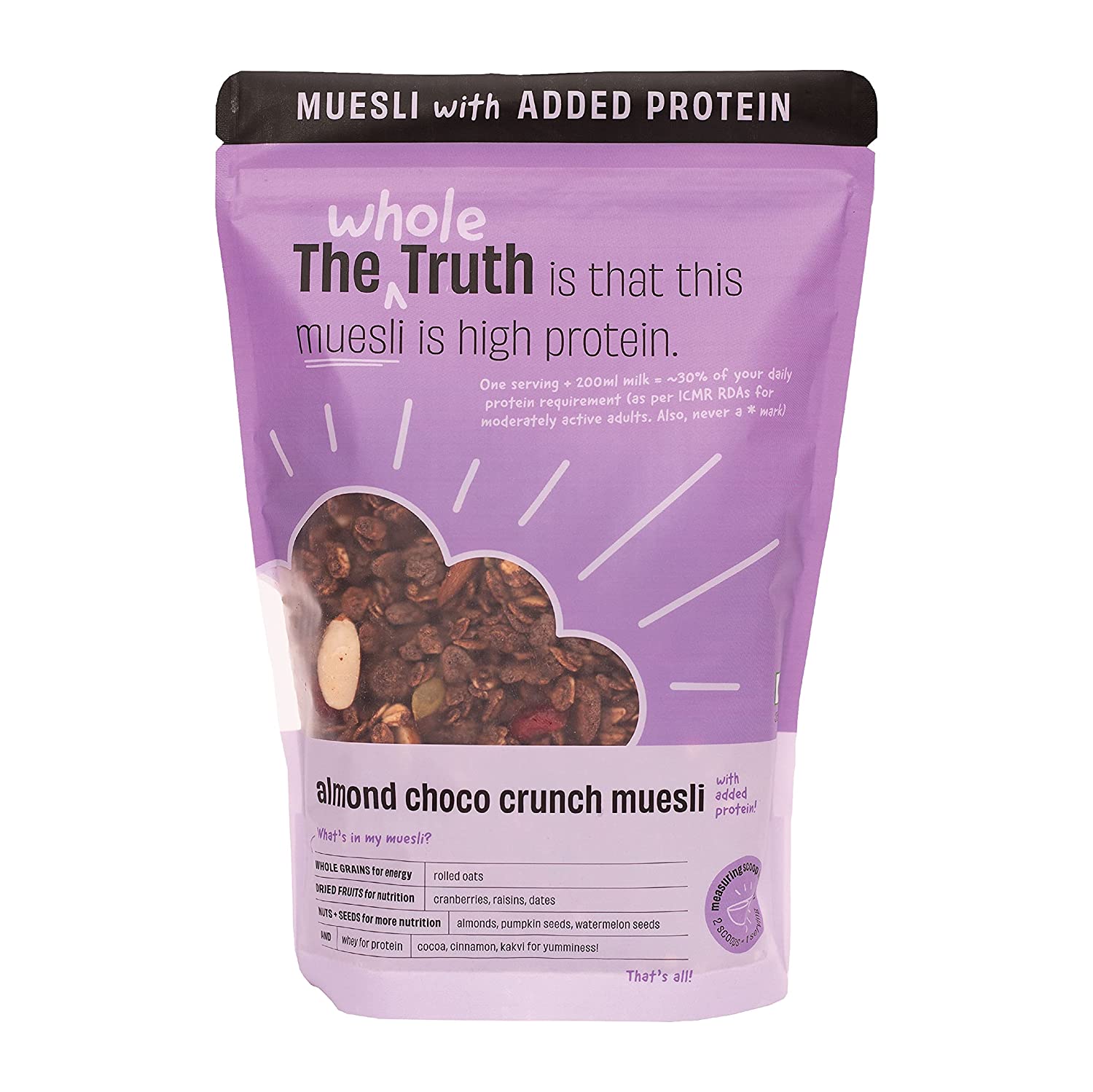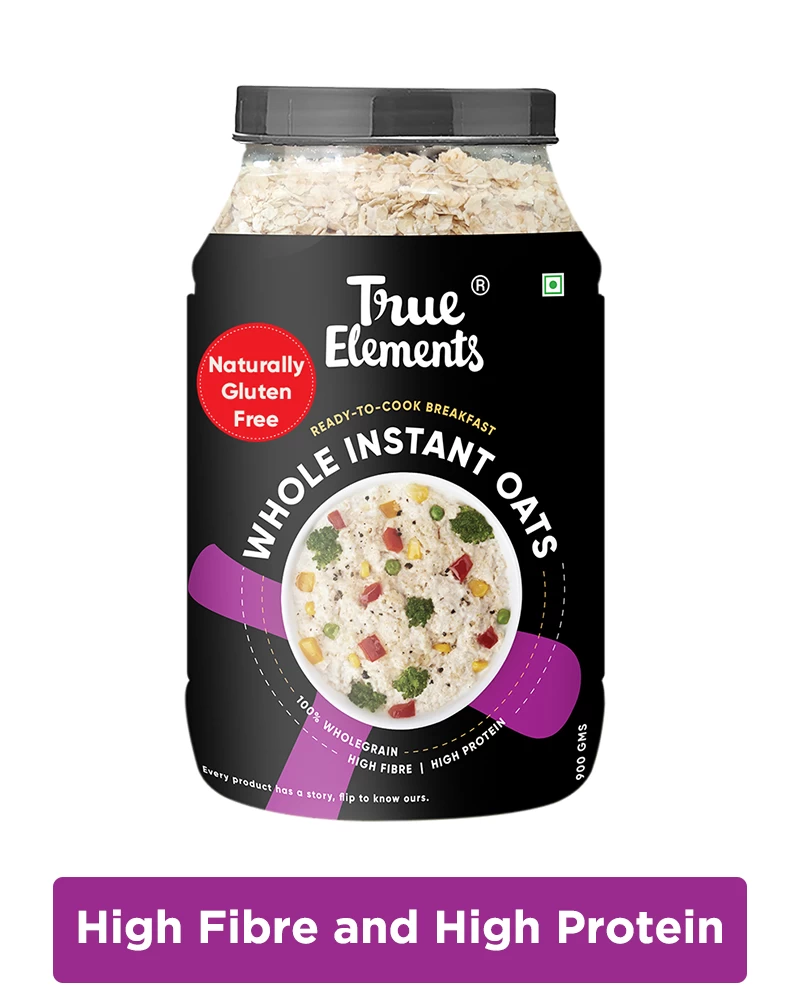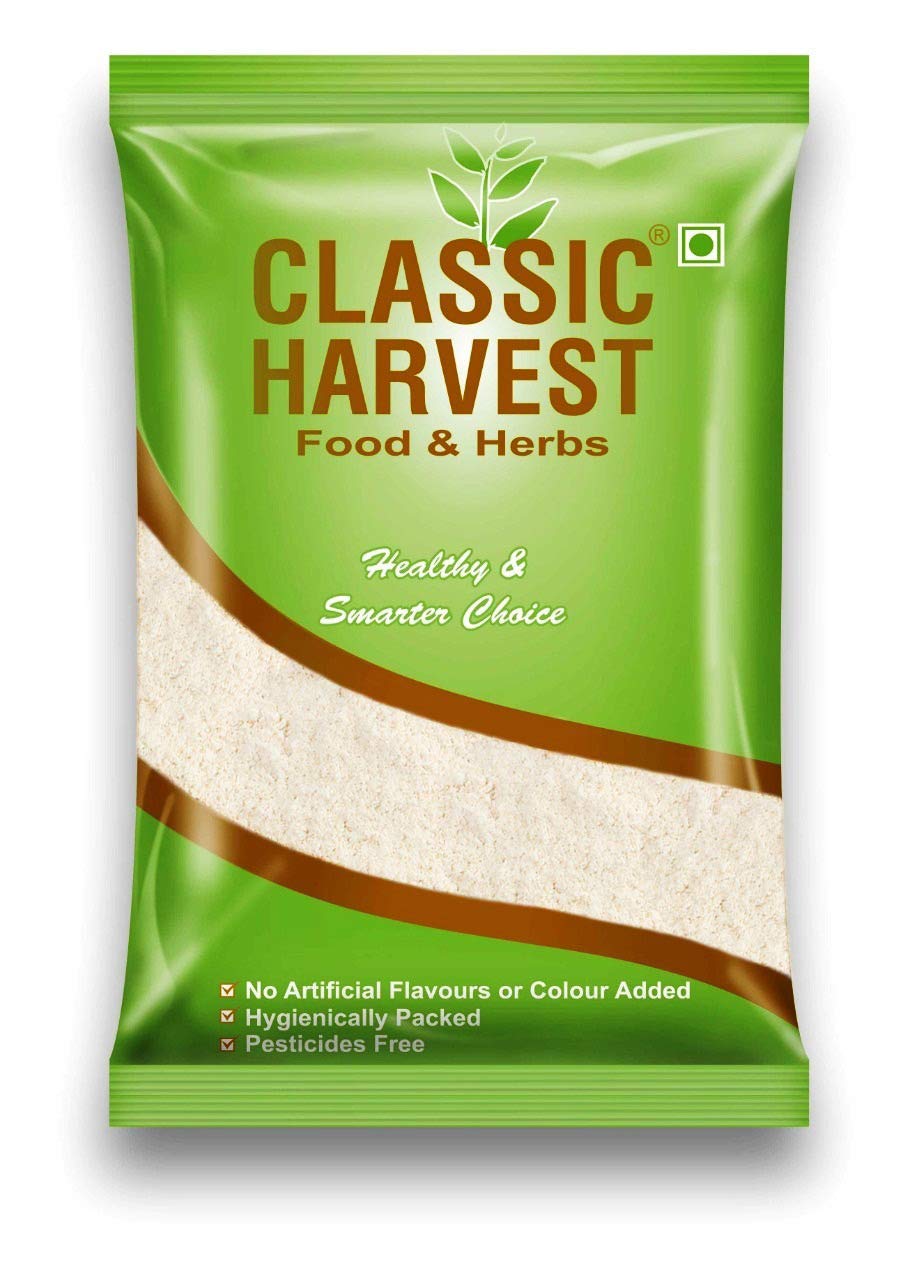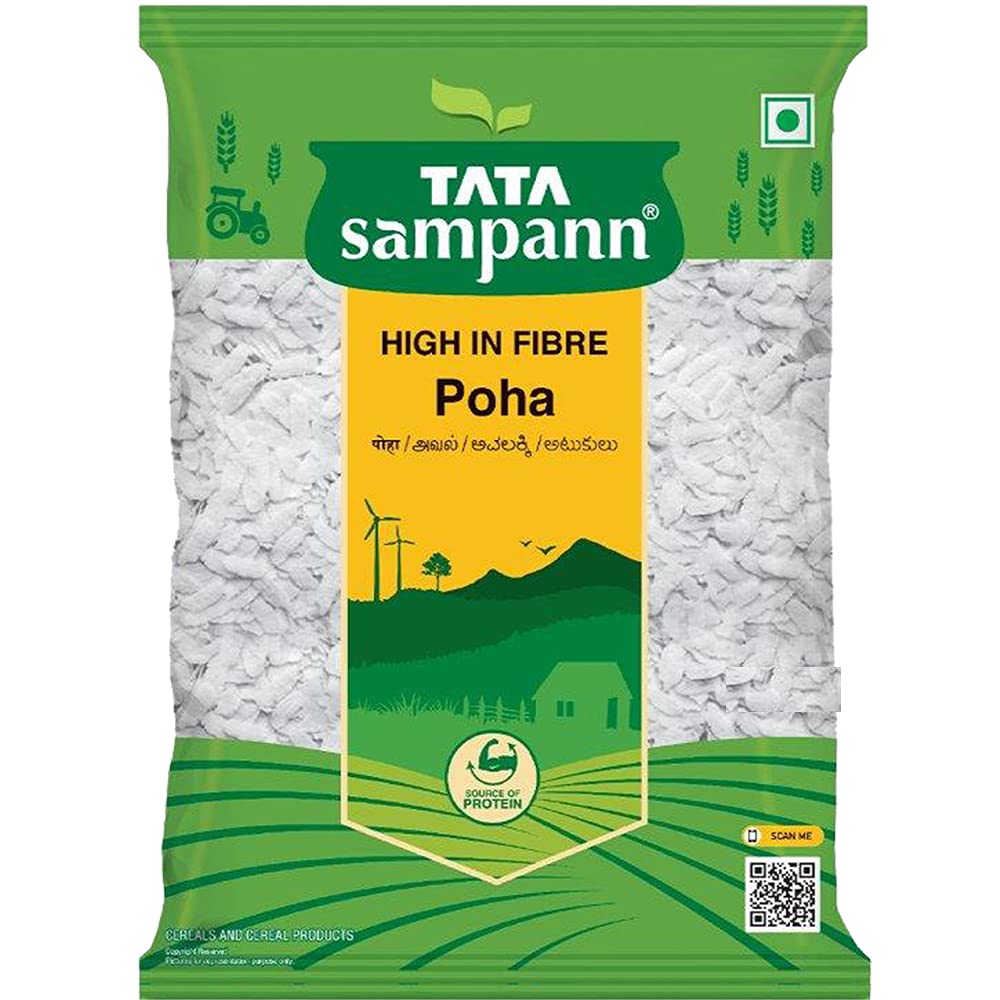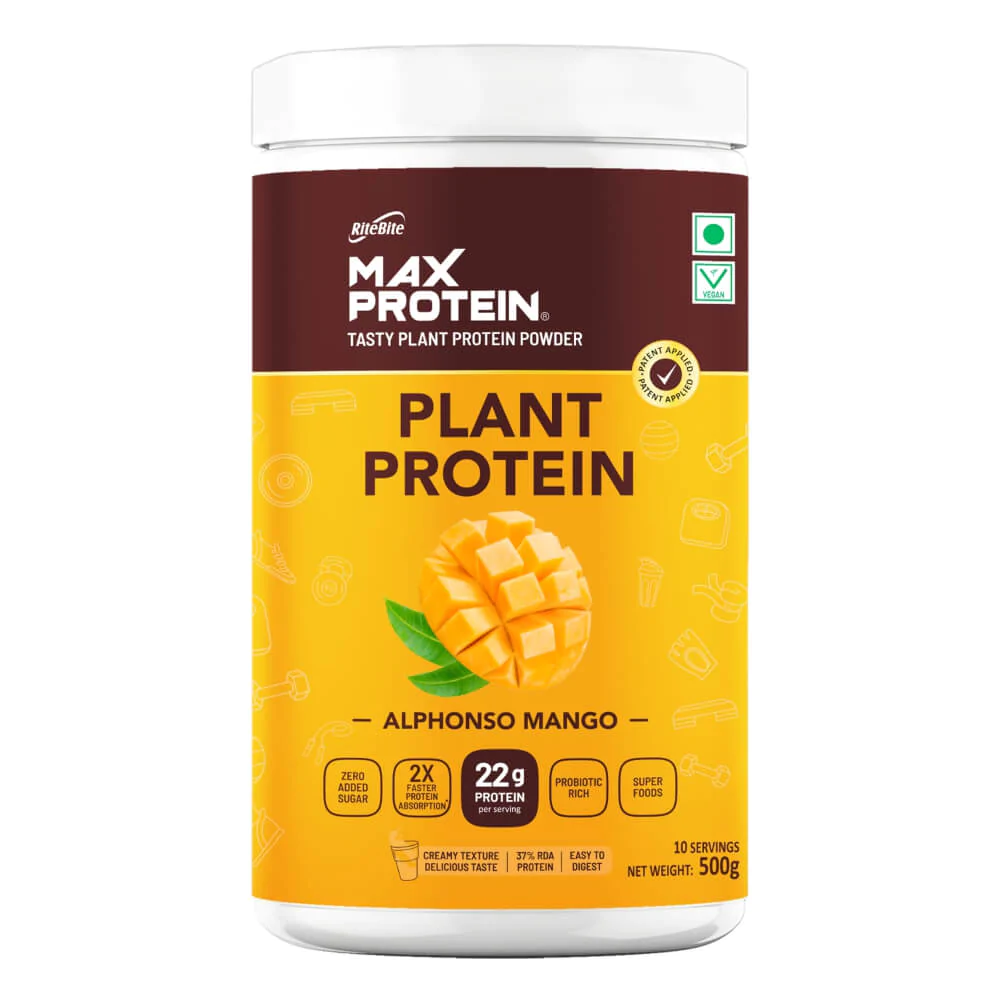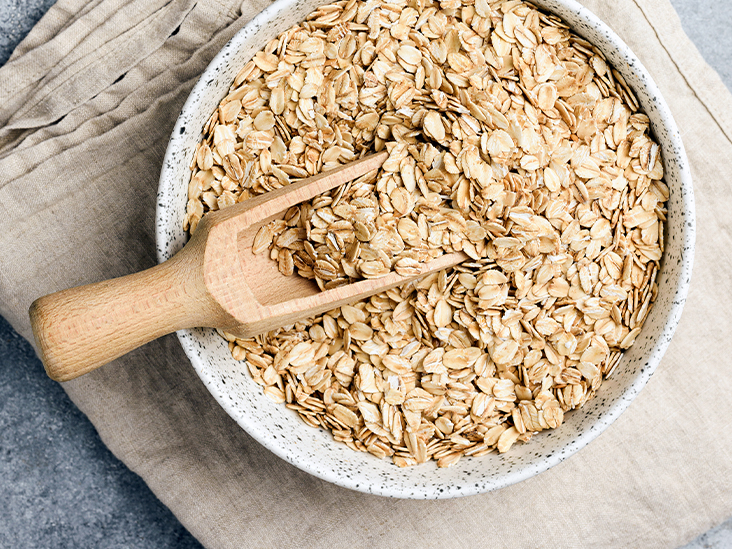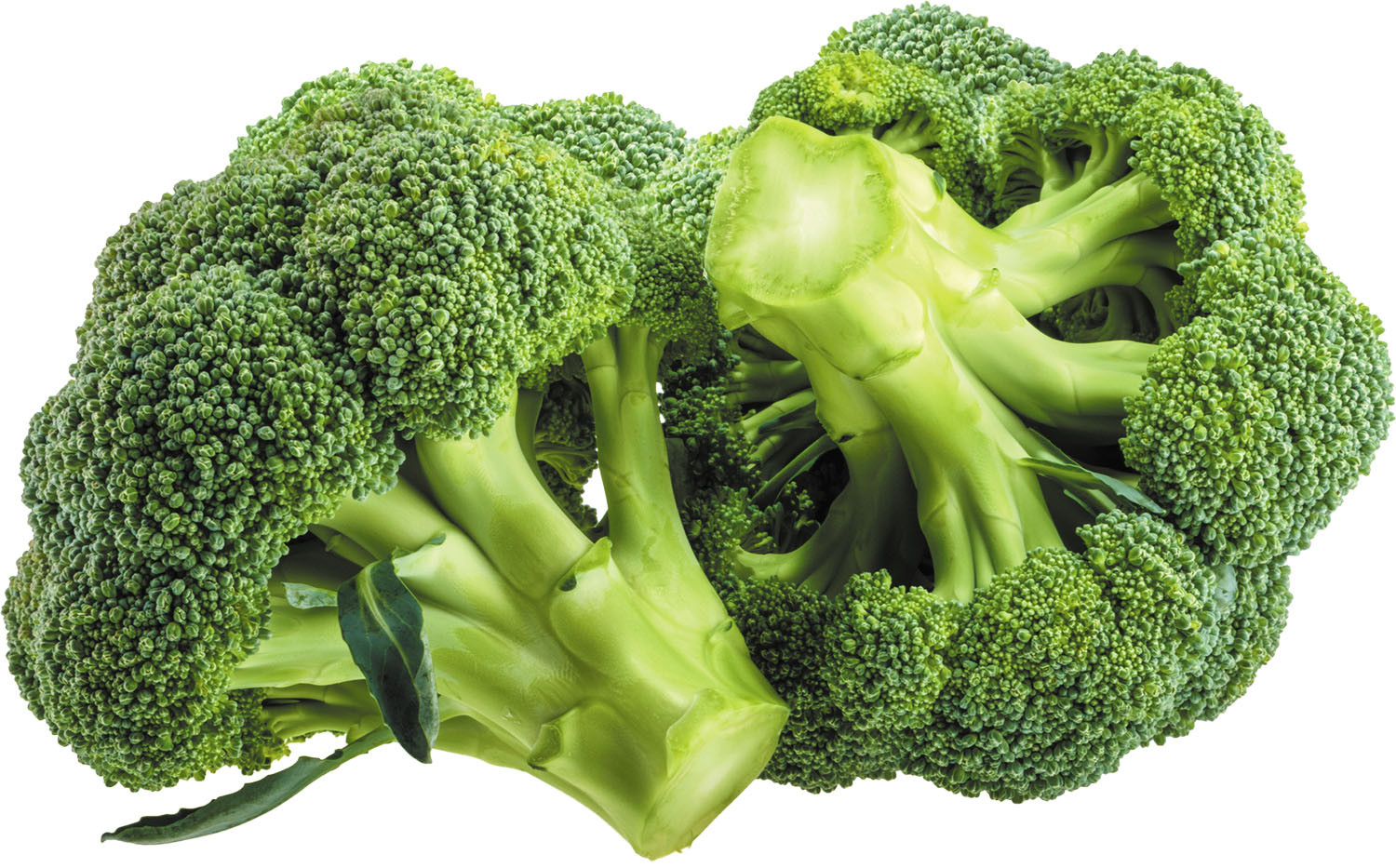Published Date January 24, 2003
Nutrition for Type 2 Diabetes Mellitus
By Arpita Sudev
3 min read
Last update date: January 24, 2003
All about carbohydrate, high fibre, protein and diabetes.
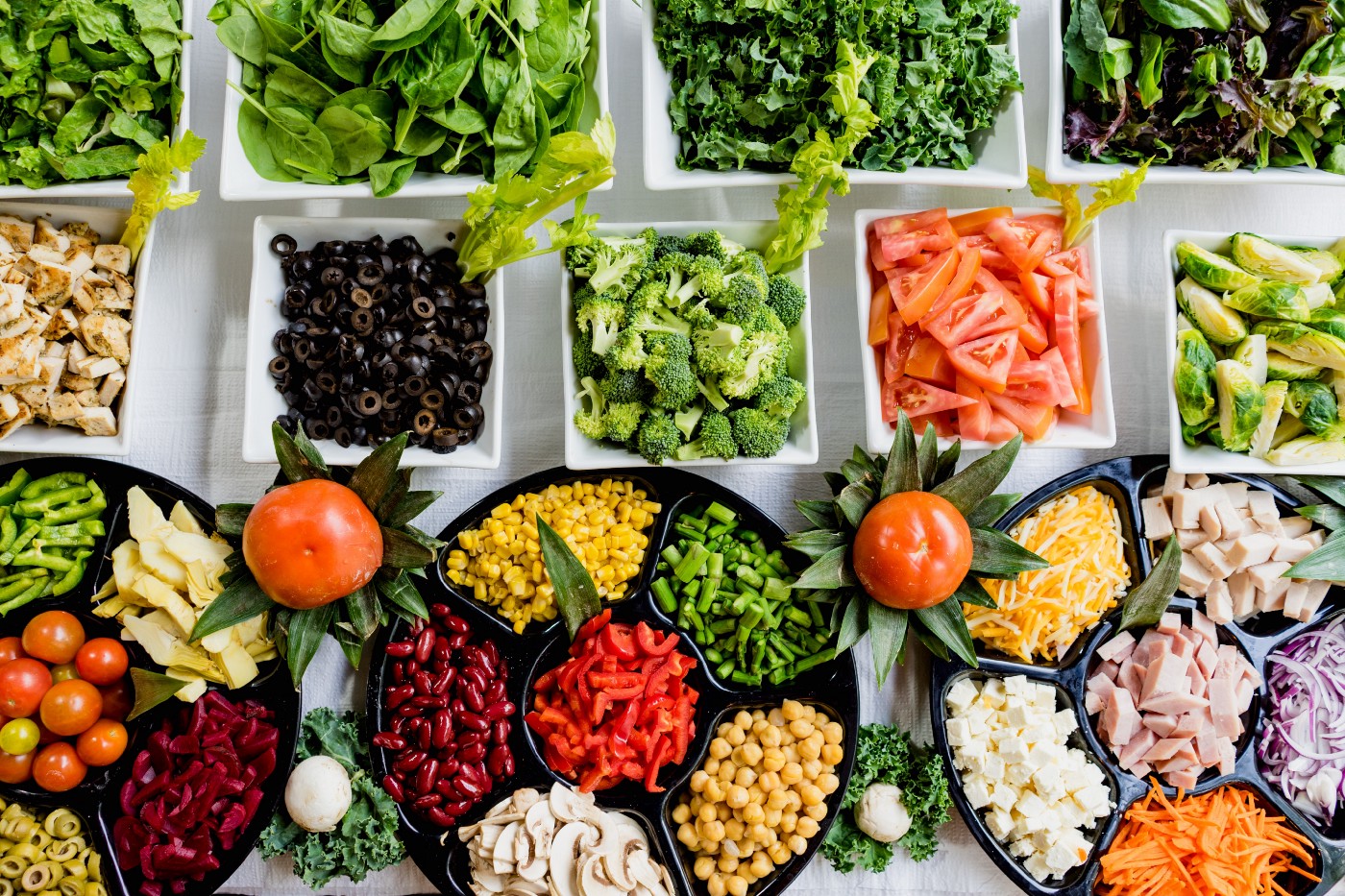
Type 2 Diabetes (Diabetes Mellitus) is commonly associated with obesity, hypertension, and hyperlipidemia. In all this, insulin resistance is the primary defect known as metabolic syndrome.
Nutrition/Dietary measures are an essential part of the treatment of diabetes mellitus, whether they are on diet alone or on sulfonylurea drugs (medications that lower the level of blood glucose)or insulin. If a fixed daily intake is to be achieved then an exchange system is necessary.
- Plan a meal that includes complex carbohydrates such as brown rice, whole wheat, quinoa, oatmeal, fruits, vegetables, beans, and lentils. A high carbohydrate and a high fibre diet improve insulin binding.
- Rapidly absorbed mono and disaccharides (or simple carbohydrates) such as sweets, chocolates, pasta, white bread, flour, cookies, pastries, and sugary and sweetened beverages should be avoided. Consuming simple carbohydrates can cause blood glucose levels to rise quickly. When you eat more than planned or exercise less than planned it can result in hyperglycemia. Untreated, hyperglycemia, or high blood glucose, can cause a serious condition called ketoacidosis.
- Foods with a low glycemic index only cause a modest rise in blood sugar and are better choices for people with T2DM.
- A diet high in protein (10–35% of total calorie intake) is good for the health of diabetics because it supplies essential amino acids needed for tissue repair.
- Fats don’t have much of a direct effect on blood sugar but they can be useful in slowing the absorption of carbohydrates. A low-fat diet increases insulin binding, reduces LDL and VLDL levels, and reduces the incidence of atherosclerosis. Fat content can be considered between 15–25% of total calories and should be higher (double) in polyunsaturated fatty acids.
- Limit your intake of saturated fats: [Butter, ghee, suet, lard, coconut oil, palm oil, Cakes, Biscuits, fatty cuts of meat, sausages, bacon, cured meats like salami, pancetta, and cheese.]
- Reduce Sodium intake. Salted nuts, canned foods, pickles, smoked-salted or canned meats, ham, canned soup, processed cheese, buttermilk, and fast foods — tacos, sandwiches, pizza, burgers, etc contain a high amount of sodium in processed foods.
- Replace sugar-sweetened drinks with plain water as a beverage.
- Drink alcohol in moderation [2 drinks on an average per day]
- Diets rich in all vitamins particularly Vitamin C and E, and antioxidants should be consumed including fruits and vegetables.
- Diets high in carbohydrates and fibre improve glucose metabolism without increasing insulin secretion. It promotes weight loss. They increase satiety and delay gastric emptying by releasing certain gut hormones. Also, high-fibre foods usually take longer to digest.
Takeaway
Dietary measures are an essential part of the treatment of diabetes mellitus. A healthy food habit that avoids refined carbohydrates high fatty foods and of course high sugary foods along with some physical activity are the key components of a successful strategy to manage diabetes.
References
Keep reading
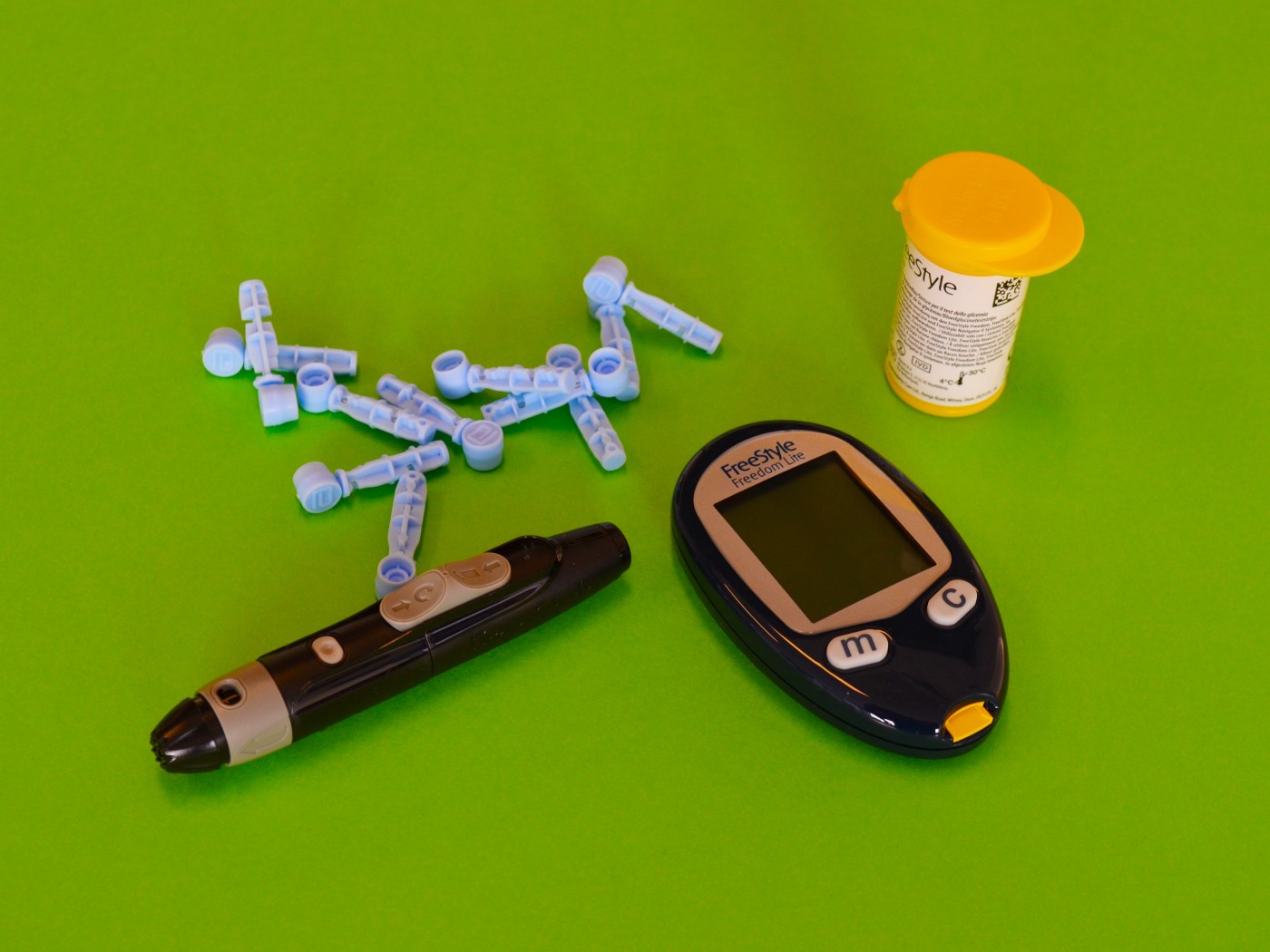
Type 2 Diabetes mellitus: Symptoms & Prevention
All about Dehydration, glucose and diabetes.
By Arpita Sudev
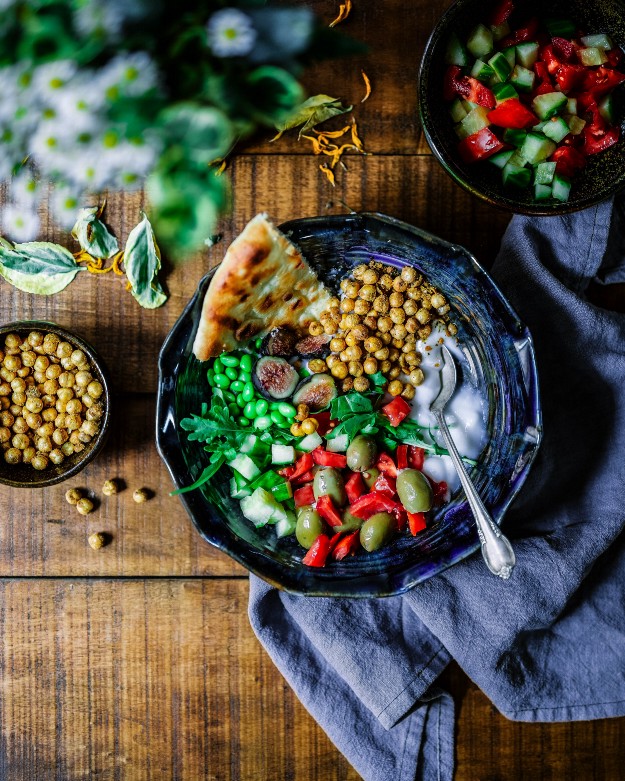
Nutrition for Hypothyroidism
All about vitamin b, gluten-free seeds, vegetables and hypothyroidism.
By Naurin Ansari
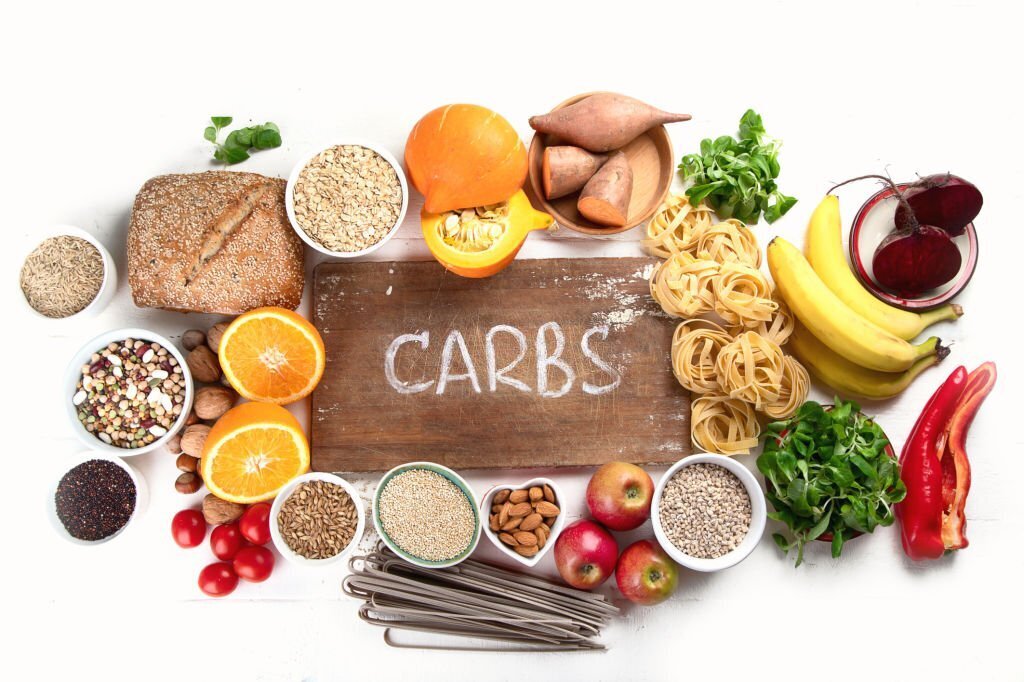
Carbohydrate toxicity = Diabetes
Restricting carbs consumption can help lower your risk of hypoglycemia if you use diabetes drugs that increase the risk of the said condition.
By Naurin Ansari

Dates and diabetes
By Hetvi Shah
Related Items
Choose Healthy With Us.
Know the real truth about your food. Stay informed and healthy, for free.

Download the App Now
Certified nutritionists trust our food recommendations. Safe to say, so can you :)




